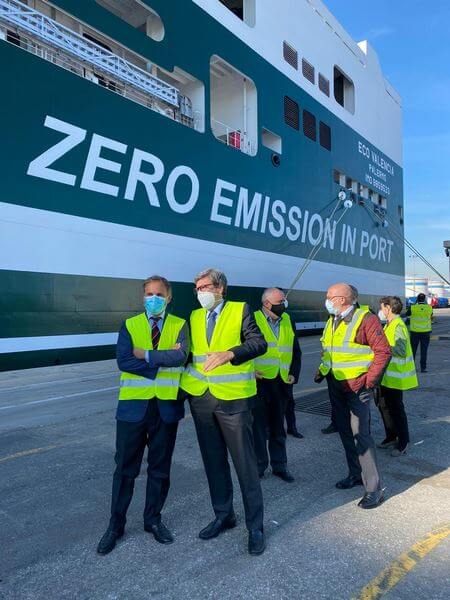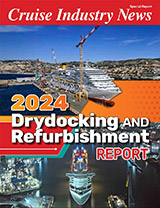 The Port of Valencia (PAV) has announced that reduced its carbon footprint by 30 percent from 2008 to 2019. For the same period, the port said its cargo traffic grew by 42%, from 52 million tons handled in 2008 to 74 million tons at the close of the 2019 financial year. Also, according to port statistics, from 2010 to 2019, its cruise traffic grew from 253,743 passengers to 435,616.
The Port of Valencia (PAV) has announced that reduced its carbon footprint by 30 percent from 2008 to 2019. For the same period, the port said its cargo traffic grew by 42%, from 52 million tons handled in 2008 to 74 million tons at the close of the 2019 financial year. Also, according to port statistics, from 2010 to 2019, its cruise traffic grew from 253,743 passengers to 435,616.
PAV’s goal is to achieve zero emissions by 2030, two decades ahead of the objectives that Spain, Europe and international organizations have projected for 2050.
In a prepared statement, PAV said that its strategy towards zero emissions in 2030 is based on a clear commitment to align with the European Green Deal, highlighting the need to reduce GHG emissions. “Therefore, the main objectives of this strategy are to promote decarbonization, incorporate the circular economy and promote digital transformation in the ports it manages.”
To achieve these objectives, a number of initiatives are underway.
Among these is the construction of an electrical substation at the port, which will allow ships berthed to connect to shorepower with the consequent reduction of CO2 emissions. Other examples include: feasibility studies for the installation of a wind farm; the construction and improvement of railway connections; the implementation of solar energy; the replacement of PAV’s fleet of vehicles with hybrid and electric vehicles; and the replacement of lighting in the port areas, among other initiatives.
Also, and within the framework of this strategy, PAV said it is worth highlighting public-private collaboration initiatives such as its cooperation with Baleària for the use of cleaner fuels such as LNG or the H2PORTS project through which three hydrogen pilots are being developed.
PAV has also installed two new environmental control booths that will analyze air quality, noise in port facilities and weather conditions in real time. Progress is also being made with the LOOP-Ports project, which promotes the circular economy as a future commitment to the sustainability of ports.




